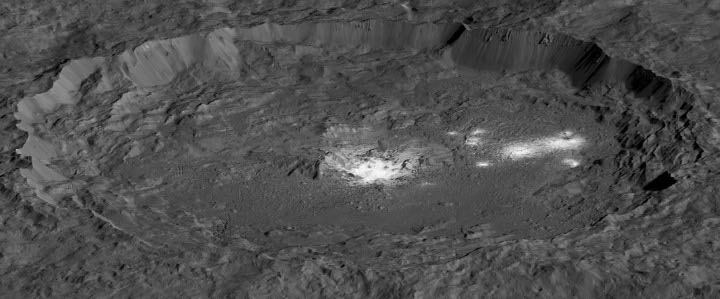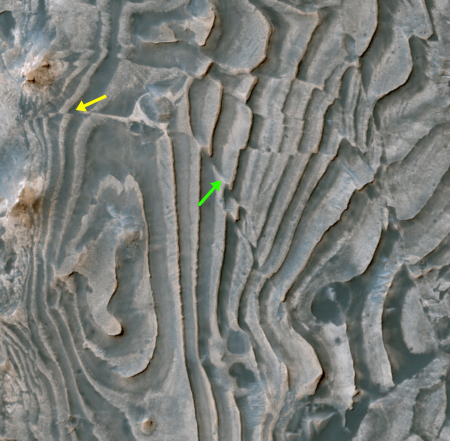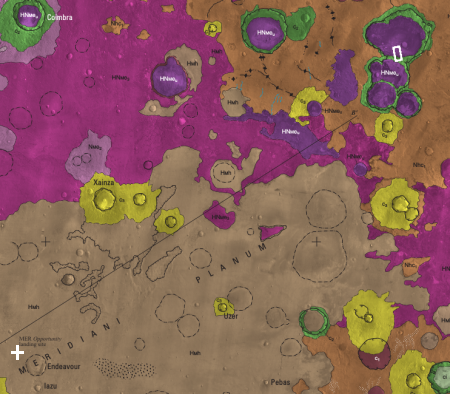SpaceX launches Dragon and lands 1st stage
Capitalism in space: SpaceX this morning successfully launched a previously used Dragon cargo freighter to ISS as well as once again successfully landing the previously used first stage.
This was the first time NASA agreed to the use of a previously launched first stage. With the first stage and capsule both reused, only the second stage and one out of 10 Merlin engines was new and will not be available for further reuse.
I have embedded the launch video below the fold.
The standings for the most launches in 2017, as of today:
28 United States
18 Russia
17 SpaceX
15 China
Note that I am counting Soyuz launches for Arianespace out of French Guiana under Arianespace, not Russia. Also, the U.S. total includes SpaceX. I have separated SpaceX out to show how a single American company is competing aggressively with whole nations.
» Read more
Capitalism in space: SpaceX this morning successfully launched a previously used Dragon cargo freighter to ISS as well as once again successfully landing the previously used first stage.
This was the first time NASA agreed to the use of a previously launched first stage. With the first stage and capsule both reused, only the second stage and one out of 10 Merlin engines was new and will not be available for further reuse.
I have embedded the launch video below the fold.
The standings for the most launches in 2017, as of today:
28 United States
18 Russia
17 SpaceX
15 China
Note that I am counting Soyuz launches for Arianespace out of French Guiana under Arianespace, not Russia. Also, the U.S. total includes SpaceX. I have separated SpaceX out to show how a single American company is competing aggressively with whole nations.
» Read more



